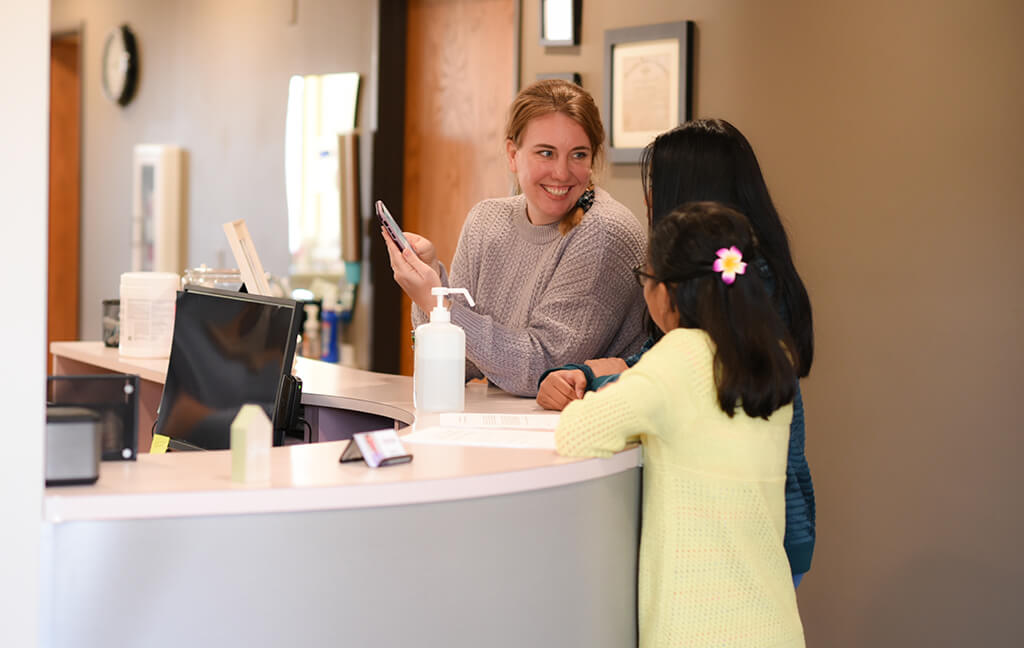We’d love to say that you can’t put a price on a beautiful, healthy smile–but the reality is that financial considerations are a big deciding factor for patients considering orthodontic treatment.
Whether you’re budgeting for your child’s braces or Invisalign clear aligners or your own, Kristo Orthodontics is here to help you get through orthodontic treatment with as few worries as possible. We know firsthand how “priceless” the benefits of orthodontic treatment can be, from improving your oral health to giving you a huge boost in self-esteem and confidence.
The good news is that your health savings account (HSA) or flexible savings account (FSA) can help make your orthodontic dreams come true. Kristo Orthodontics also offers affordable financing programs for patients, including flexible $0 down, 0% interest financing. We’ll discuss all your payment options during your financial consultation – until then, here’s some information about HSA and FSA accounts and how they work.
What is an HSA or FSA account?
Both HSAs and FSAs are savings accounts that allow you to put aside money on a pre-tax basis to pay for qualified health care expenses, including orthodontic treatment. You can use these funds for yourself, your spouse, and your children (or any other eligible dependents).
- HSA (Health Savings Account) – You can use the untaxed dollars in your HSA to pay for deductibles, copays, and other health care expenses. You may contribute to an HSA only if you have a high-deductible health insurance plan (for 2022, the minimum deductible for a “high-deductible” plan is $1,400 for an individual and $2,800 for a family).
- FSA (Flexible Savings Account) – An FSA is an employer-sponsored health care benefit that allows employees to save untaxed dollars to cover the cost of qualified health care expenses. FSAs are funded through regular deductions from your paycheck on a pre-tax basis.
What’s the difference between HSAs & FSAs?
For the most part, HSAs and FSAs are essentially the same. You save money in the accounts tax-free and then use the funds to cover treatment that you would otherwise pay out of pocket. However, there are some key differences between HSAs and FSAs that are important to know and understand.
HSA:
- You must have a high-deductible health insurance plan
- The maximum contribution amount for 2022 is $3,650 ($7,300 for families)
- You can adjust your contributions at any time
- The funds in the account never expire
- You can withdraw funds for non-medical expenses for a 20% penalty
- You can only spend what you currently have in your account–as more funds are added, you can file for reimbursement
FSA:
- No high-deductible health insurance plan is required
- The maximum contribution amount for 2022 is $2,850
- You can only adjust your contributions during special or open enrollment periods
- The funds expire every year on December 31–use them or you lose them!
- You cannot use the funds for non-medical expenses
- You can use your FSA based on what you expect to contribute by the end of the year
Can I use my HSA or FSA for braces?
Get ready to smile! The answer is yes. In most cases, you can use your HSA or FSA to pay for any part of your orthodontic treatment that isn’t covered by your dental insurance or any other plan.
Can I use my HSA or FSA for Invisalign treatment?
Absolutely, you can use your HSA or FSA to pay for Invisalign aligners based on the same criteria listed above. While typically more expensive than braces, Invisalign aligners are practically invisible and removable, making them a great option for many Kristo Orthodontic patients— especially teens and adults.
How can my HSA or FSA help me save money?
It all comes down to one word: tax-free. By using untaxed dollars in your HSA or FSA to pay for your orthodontic treatment, you save money.
Visit Kristo Orthodontics anytime for a free consultation that includes a personalized treatment plan and financial consultation with affordable payment options. Once you know what the out-of-pocket costs for your orthodontic treatment will be, you can plan accordingly.
Many of our patients follow these steps:
- Get an estimate from Kristo Orthodontics, so you know the total cost for treatment. For example, let’s say your estimate is $7,000.
- Check your dental insurance plan (if you have one) to confirm your orthodontic benefits. Your plan may pay a percentage of the treatment cost, a set dollar amount toward the treatment cost, or not cover orthodontic treatment at all. For example, let’s say your dental insurance pays for 50% of orthodontic treatment, up to $1,500. Based on the estimate above, your remaining cost would be $5,500.
- Use your HSA or FSA funds or finance with Kristo Orthodontics to help cover the rest. Some patients maximize their HSA or FSA contributions in advance if they know they or their children will need orthodontic treatment. You may also be able to set up recurring payments during the course of treatment, so the funds are not all removed at once.
- Remember, FSA contributions must be used by December 31, but HSA contributions never expire. If you have both types of accounts, you will probably want to use your FSA funds first.
No HSA or FSA account? No problem
Kristo Orthodontics offers a variety of affordable financing options, including flexible 0% interest financing. We’ll do everything we can to work within your budget and help you reach your smile goals.
Learn more about dental insurance and other ways to pay for your orthodontic treatment here.
Schedule your free consultation today
In addition to discussing your financial options, your free consultation at Kristo Orthodontics will include:
- One-on-one time with a doctor
- Digital x-rays
- iTero® 3D model of your teeth and gums
- Personalized treatment plan
We look forward to meeting you! No dentist referral is necessary, so schedule your free consultation today.
